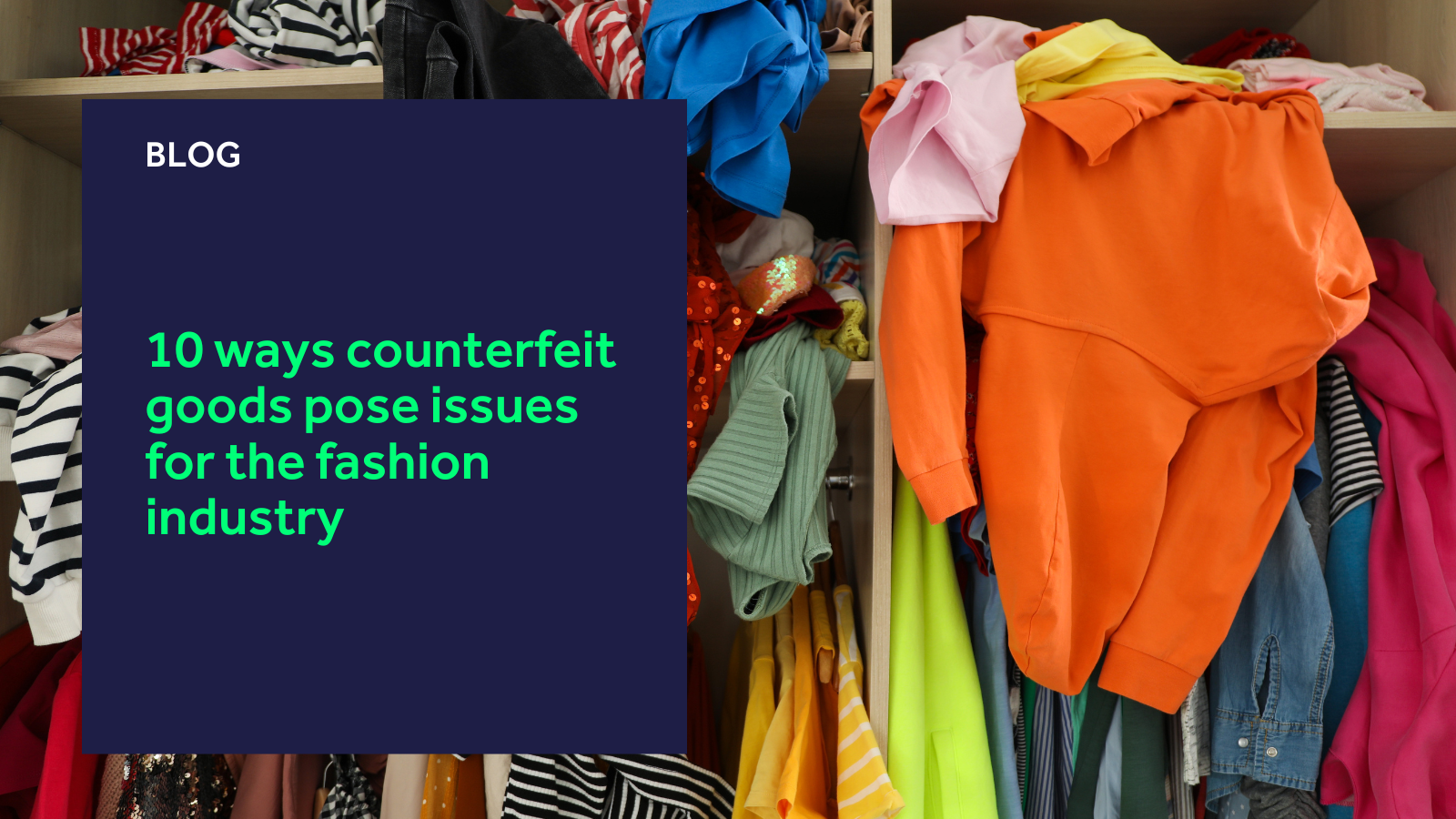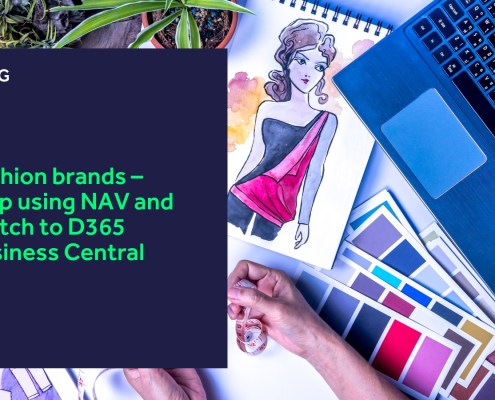This August officially marked National Anti-Counterfeiting and Consumer Education and Awareness Month, a bipartisan resolution introduced by U.S. Senators Chris Coons and Chuck Grassly.
Counterfeit goods damage the fashion industry on many levels, which is why this resolution aims to bring awareness to the importance of trademarks. Trademarks protect the economic market and safety of businesses and consumers alike, and can help negate some of the threats imposed by counterfeiting.
To help understand why this is so important, let’s take a look at ten examples of how counterfeit goods pose significant damage to the fashion industry:
1. Economic loss
When consumers purchase counterfeit goods in lieu of authentic fashion products, revenue that should have been generated by the sale of the authentic goods diverts to revenue in the pockets of the counterfeiters. This leads to significant financial losses for authentic brands, which can ultimately hinder brands’ ability to grow and compete in the fashion space.
2. Brand reputation
Consumers purchasing counterfeit goods often do so unknowingly. Whilst they believe they’re purchasing a genuine, quality-made product from a reputable brand, what they receive fails to meet their expectations. This leads to dissatisfied consumers, who place the blame onto the brand they thought they were purchasing from, leading to an erosion of customer trust and a damaged brand reputation. So, not only do brands lose out on initial purchases, but a chance at a repeat customer is also lost.
3. Lost sales
The popularity of counterfeit products can at times flood the market. This can make distinguishing between genuine and fake items incredibly difficult for consumers, resulting in customers shying away from making a purchase decision at all to avoid the risk of accidentally buying a counterfeit item.
4. Hinders circular economy
Market flooding, as mentioned above, not only leads to lost sales for genuine fashion companies, but hinders the circular economy, too. When consumers are looking to purchase luxury items from a second-hand marketplace, it can feel near impossible to know whether the re-seller is advertising a genuine item… as sometimes they may not know themselves. Again, this can hinder a buyer’s decision to make a purchase.
5. Innovation and creativity stifling
For authentic fashion brands, creating original and innovative pieces is a major part of the design phase. Brands invest significantly into this phase of the product lifecycle, seeking to create unique products that stand out in the industry. However, this investment into creating something unique is quickly lost once counterfeit replicas are manufactured, with counterfeiters reaping the profits from authentic brands’ artistry. This can lead to a lack of creativity, discouraging designers from investing the time and money into coming up with new and unique items.
6. Lost employment opportunities
The fashion industry contributes significantly to employment globally, with millions of people working across the design, manufacturing, and distribution sectors. As counterfeit products flood the market, demand for genuine items reduces, which in turn reduces the number of jobs available in the industry.
7. Human rights violations
The fashion industry has undergone, and continues to undergo, significant changes when it comes to labour rights. Senate Bill 62, as an example, was passed in California in 2021, guaranteeing a minimum wage for garment workers. Whilst authentic brands are compliant with such laws, counterfeit products are often produced under exploitative labour conditions, contributing to human rights violations.
8. Tax revenue loss
Legitimate businesses in the fashion industry, as with legitimate businesses in any industry, contribute to the wider economy through taxable revenue. In contrast, counterfeit operations are often conducted outside of the formal economy, meaning tax is avoided on counterfeit sales. When counterfeit products are purchased instead of genuine goods, governments lose out on potential tax revenue, which in turn results in a loss of funds for public services.
9. Consumer safety
Laws and regulations are in place to ensure that goods produced, such as fragrances, skincare, and accessories, are not harmful to consumers. As counterfeit goods are often produced in a way that isn’t governed, such products can pose health and safety hazards to consumers.
10. Legal costs
In addition to losing revenue due to counterfeit goods, brands incur costs when pursuing legal action against counterfeiters, such as hiring legal teams, conducting investigations, and pursuing litigation. Such costs further impact the brand’s bottom line.
As evidenced above, the production of counterfeit items poses serious threats to the fashion industry, in terms of consumer well-being, brand reputation, and the wider economy.
That’s why increased awareness, with help from the senate resolution, is absolutely vital.
Further to this, the American Apparel & Footwear Association (AAFA), of which K3 is a proud member, is currently lobbying for Congressional passage of the SHOP SAFE Act. The act, if passed, will hold online platforms liable for selling or promoting counterfeit and illicit products – liability which already applies to brick-and-mortar stores.
The AAFA is supporting the act to further protect consumers following the recently enacted INFORM Consumers Act which took effect on June 27th. The INFORM Consumers Act is a great first step, as it requires online platforms to verify and publish the names and addresses of sellers, but it doesn’t hold platforms accountable for selling or promoting counterfeit and illicit products that harm consumers.
At K3, we applaud the senate resolution, and we support the AAFA’s continued lobbying for the SHOP SAFE Act and associated consumer protection it will deliver.
 https://www.k3btg.com/wp-content/uploads/2024/03/K3-strengthens-global-market-position-blog-header.png
900
1600
Jordan Heal
https://www.k3btg.com/wp-content/uploads/2022/03/K3_Master_Colour_RGB.svg
Jordan Heal2024-03-11 10:58:242025-02-21 14:37:51K3 Fashion Portfolio strengthens global market position as Tony Bryant spearheads new role
https://www.k3btg.com/wp-content/uploads/2024/03/K3-strengthens-global-market-position-blog-header.png
900
1600
Jordan Heal
https://www.k3btg.com/wp-content/uploads/2022/03/K3_Master_Colour_RGB.svg
Jordan Heal2024-03-11 10:58:242025-02-21 14:37:51K3 Fashion Portfolio strengthens global market position as Tony Bryant spearheads new role

